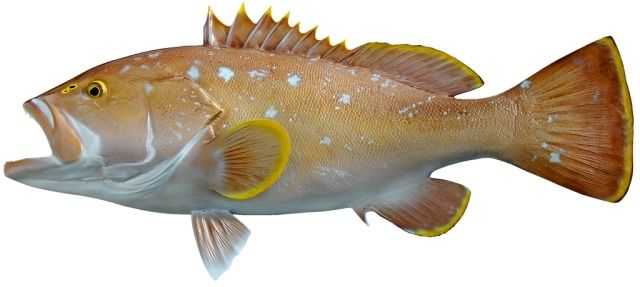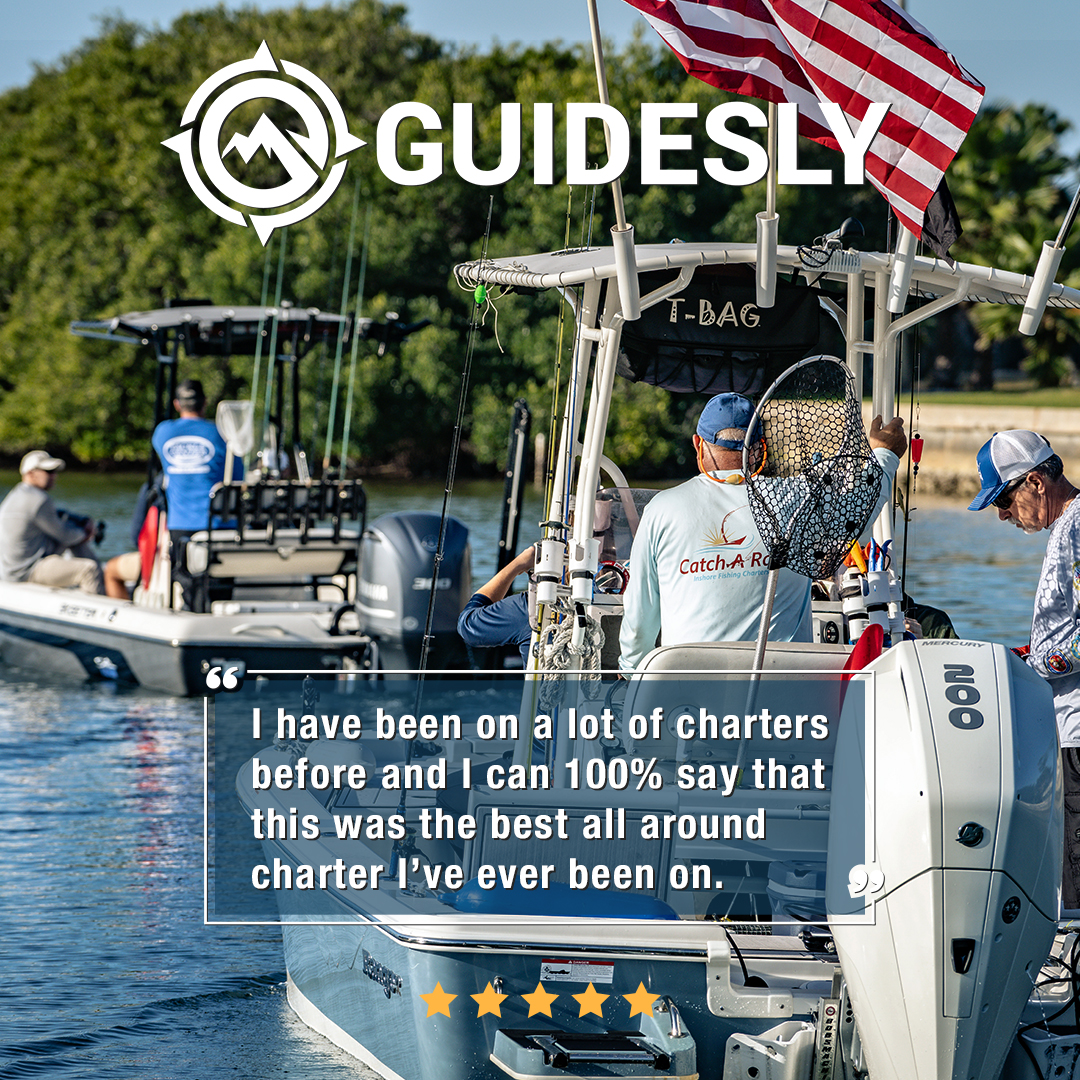Yellowedge Grouper

Species Details
Hyporthodus Flavolimbatus
Serranidae
Perciformes
Offshore, Deepwater, Reef, Wreck
8 - 40 lbs.
26" - 45"
Yellowedge Grouper (Hyporthodus Flavolimbatus) Fish Description
The Yellowedge Grouper is a large grouper known for the yellow lines that decorate the edge of its fins. Hence, its name. The Yellowedge Grouper has a large head which is greyish red. Their bodies are large and chunky which may make people mistake it for the Goliath Grouper. However, the biggest difference is their color. The Yellowedge Grouper has a red gradient covering its body but with a white underbelly. At the same time, it doesn’t have stripes like its Goliath cousin. It has 11 dorsal spines with 13-15 soft dorsal rays.
When young, the Yellowedge Grouper also has white spots which make it look similar to the Snowy Grouper. However, unlike the latter, the Yellow Edge Grouper has bright yellow at the tips of their fins and their white spots fade over time.
Yellowedge Grouper Diet and Size
Yellowedge Groupers are carnivorous but prefer feeding on invertebrates. They have a particular taste for crab but may also eat small fish if within the area.
Yellowedge Groupers range between 8-40 lbs. The most commonly caught Yellowedge Grouper weighs at an average of 30 lbs. As for length, they are normally at 26-45 inches.
Interesting Facts about the Yellowedge Grouper
- Yellowedge Groupers are solitary fish.
- The Yellowedge Grouper is considered a vulnerable species due to overfishing.
- These fish are often caught for their meat falling apart in big flakes.
- Yellowedge Grouper are hermaphrodites. While young, Yellowedge Groupers start out female before turning male around 6-8 years later.
- Not all Yellowedge Groupers turn male though. Some of them remain female.
- Usually, the measured ratio in a school of Grouper is 2 females to 1 male.
- They take longer to mature.
Yellowedge Grouper – Fishing Techniques: How to Fish for a Yellowedge Grouper
Fishing for a Yellowedge Grouper usually has a lot of regulations. The Gulf of Mexico Fishery Management Council usually limits an angler to four Yellowedge Groupers at maximum to prevent overfishing. There’s also the requirement of using stainless steel ring hooks and making sure that you have one hook remover with you. For commercial purposes, you’ll need a permit from them.
When fishing for Yellowedge Grouper, best to use live bait and go deep dropping. Deep dropping is a term that anglers use when dropping your bait down to 400 to 600 feet. Usually, Yellowedge Groupers are found swarming there. Some of the baits you can use are Chub Mackarel, Sardine, Squid, and White Octopus. These fish also are available at night especially if you’re sure the water is free from eels. It’s also good to have multiple baits, around 2-3 will do.
Since these fish are large, using big hooks and a heavy line should do. Yellowedge Groupers as big as they are also strong and can snap the line if you do it wrong, coupled with the pressure of the water.
Yellowedge Grouper Habitat and Distribution
Yellowedge Groupers are often found in deeper waters. They are usually found in the open waters in the Western Atlantic. From North Carolina, USA to southern Brazil, they usually travel through the Gulf of Mexico and the Caribbean. In these particular bodies of water, look for reefs and burrows that have sand or muddy bottoms. They’re usually found alone as they end up hogging the whole area.





